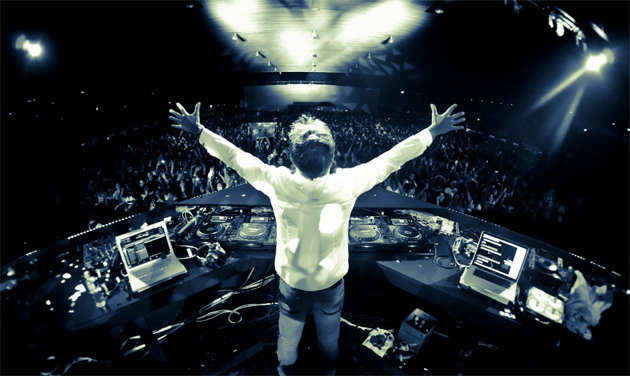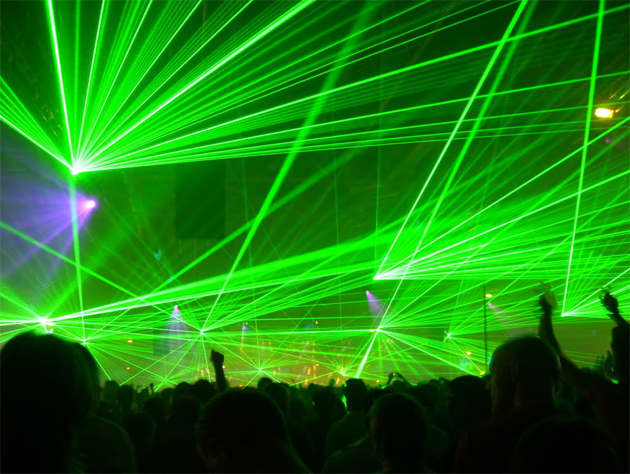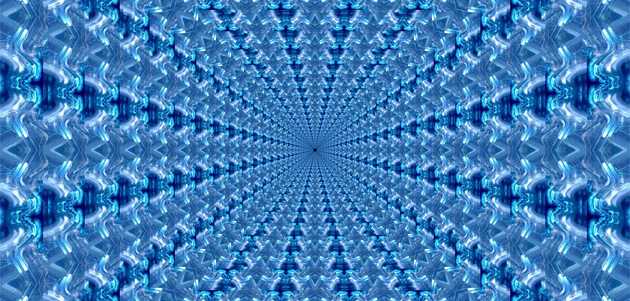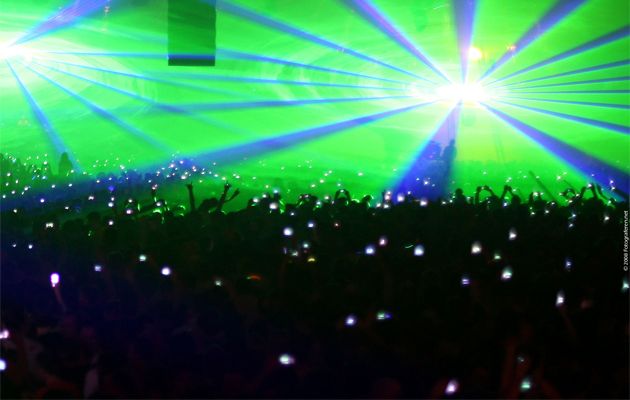 If there’s any aspect of electronic music that’s consistent, it’s the ebb and flow of genres, some reaching the apex of visibility and others falling onto the backburner. Sounds evolve and spawn other genres or subgenres, and certain styles become passé, even dormant for years, only to emerge in a new, reinvigorated form. Consider disco – disappearing from the mainstream for nearly two decades and now resurging as nu-disco. Back in the 1980s, the lush orchestral textures mixed with moody synths and sequencers to form synth-pop, pioneered and pushed by New Order, Depeche Mode, Soft Cell, and the Pet Shop Boys, or was remixed for the dance floor by techno and house DJs.
If there’s any aspect of electronic music that’s consistent, it’s the ebb and flow of genres, some reaching the apex of visibility and others falling onto the backburner. Sounds evolve and spawn other genres or subgenres, and certain styles become passé, even dormant for years, only to emerge in a new, reinvigorated form. Consider disco – disappearing from the mainstream for nearly two decades and now resurging as nu-disco. Back in the 1980s, the lush orchestral textures mixed with moody synths and sequencers to form synth-pop, pioneered and pushed by New Order, Depeche Mode, Soft Cell, and the Pet Shop Boys, or was remixed for the dance floor by techno and house DJs.
Could trance be experiencing a similar twilight? While big-name trance producers, like Tiesto, Armin Van Buuren, and Paul Van Dyk, continue to serve on the main stages at festivals and still pump out tracks through Armada or Anjunabeats, the EDM subgenre has strayed so far from its late 1990s heyday that its barely recognizable. Even its younger performers, like Sander Van Doorn, whose sounds veer more toward house but are still grouped in with the A State of Trance bunch, aren’t pure trance artists.

Trance, essentially a byproduct of house and techno that put the melodic element far, far higher in the mix and aimed for greater repetition, began in the 1990s. While still maintaining that four-to-the-floor feel, the melodic element, be it a synthesizer or vocalist, became the sound’s centerpiece. The genre, according to Tom Ewing in “How trance matured into modern pop” for The Guardian, has woven so far into this element that the two are intertwined. Keyboards and chord progressions are now the backbone of pop songs, but their commercial cheesiness is never front and center in pop works by Lady Gaga, Rihanna, or similar chart-toppers. Ewing points out that Gaga’s Born This Way is heavily trance influenced, but the EDM genre supports more overt and brash rock sounds.

But, if you want to know what’s happened to trance, a handful of mainstream, trend-riding pop albums aren’t your answer. Instead, the top DJs’ careers embody the genre’s direction.
If David Guetta symbolizes the over-commercialization of house music, particularly the collaborations and the pop song structures, Tiesto demonstrates trance’s trajectory. In the early aughts, when he was arguably on top of his game and DJ Magazine’s annual list, his sounds formed the Parade of Nations at the Summer Olympics in Athens. But, just five years after that event, the DJ unleashed Kaleidoscope, a confusing, genre-crossing, fan-alienating effort. Performers Nelly Furtado, Emily Haines, Jónsi of Sigur Rós, and Tegan and Sara took center stage.
By 2010, when DJ Magazine profiled him as their No. 3 DJ, he went from “being a trance giant” to an amorphous pop performer. “The biggest thing to happen for me this year is my change in style,” he explained at the time. “I play more eclectic, much more house-driven, and like, indie pop music. The whole trance part is deleted from my set now. It is completely gone. It was a revolutionary thing for me.”
He went onto tell the publication, “I just didn’t like the old trancey sounds anymore. It just all started to sound the same to me. Already in Ibiza last year, I had started to play like that, and I saw that the people were up for everything, and it felt great. I’m still learning, experimenting with where to drop which tracks. But everyone’s very supportive.”
But, were his fans “up for everything”? Or, could taking this extreme turn away from his signature sound hurt his prospects of a cross-over career like his contemporaries? Was this change of sound, and well-known collaborations, a greater effort to emulate David Guetta that just didn’t work stateside?

If Tiesto went all pop on his fans, Paul Van Dyk is a purveyor of the genre’s purity – to an extent. Around the time Van Dyk’s Evolution hit stores, an interview didn’t go by in which he didn’t speak out against the subjugation of EDM to pop star collaborations. Yet, Van Dyk, who has transitioned into a more live set of synthesizers and a custom mixer over the years, admits that electronic music, overall, is influenced by outside sounds. The difference between a Tiesto and Van Dyk track, on the other hand, is the faithfulness the artist has to the club form. Van Dyk explained to MLive.com in 2011, “Electronic music has always been open to incorporate different elements from rock, from pop…it was never a sellout. It was still a club track. It was never to the extent that basically something that hurts.”
Earlier in 2012, Van Dyk echoed the same sentiments and admitting to collaborating with artists, like Owl City, that understand electronic music. On the other hand, he hinted, his sound is no longer restricted to trance, instead expanding and encompassing the entire palette of electronic sounds.
Is melding with other genres the future of trance? Should, in 15 years’ time, we expect a resurgence of expansive synth arpeggios and repetitive rhythm under the guise of nu-trance?



